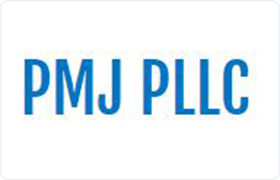Davis Collection Lawyer, Illinois
Sponsored Law Firm
-
 x
x

Click For More Info:
-
PMJ PLLC
100 S State St Chicago, IL 60603» view mapBankruptcy & Debt Working Relentlessly For You
Patrick is the Founder of PMJ PLLC and has more than 20 years of experience.
800-901-4721
David Francis Monteleone
DUI-DWI, Civil Rights, Collection, Medical Malpractice
Status: In Good Standing
James C. Thompson
Landlord-Tenant, Transactions, Collection, Education
Status: In Good Standing Licensed: 36 Years
Raymond Melton
Divorce & Family Law, Criminal, Corporate, Collection
Status: In Good Standing Licensed: 25 Years
Joyce O'neill Austin
Landlord-Tenant, Divorce, Transactions, Collection
Status: In Good Standing Licensed: 38 Years
Brian Larkin
Litigation, Divorce, Collection, Personal Injury
Status: In Good Standing Licensed: 40 Years
 Patrick Jones Chicago, IL
Patrick Jones Chicago, IL Practice AreasExpertise
Practice AreasExpertise
